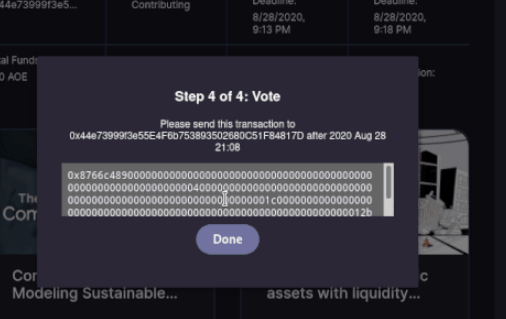Nowhere in that post I did say that we should tell people to wait. Users will probably need to wait for transactions to confirm at steps 1 and 2, but that’s a normal situation for dapps.
The bytecode should be displayed somewhere at steps 4 and 6 in the scenario with a bribe because user may want to submit transaction from another account instead of sending it to relayer.

